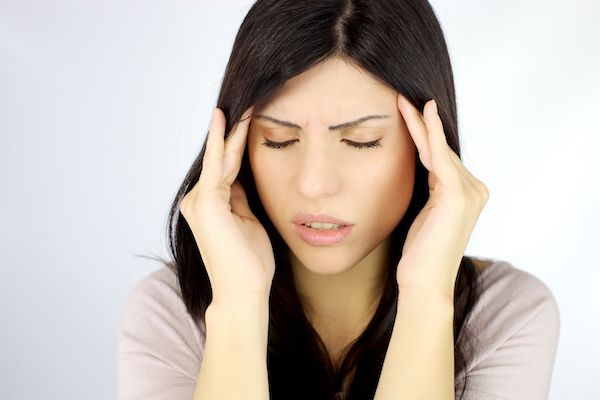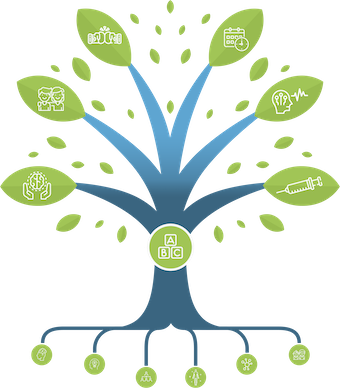Why do women get more migraines?
Prior to puberty, migraine occurs in about 2-4% of children, with boys being more affected than girls. This changes at the onset of puberty, when migraine becomes more common in females than males. In fact, girls are more likely to have their first migraine during the year of menarche (start of their periods) than at any other time in their lives.
The exact change is not clear, however, studies have shown that it may be attributable to fluctuations in hormone levels, especially estrogen.
Migraines are also very common in women as they enter menopause. This is called the peri-menopause, which is marked by fluctuations in the levels of hormones, particularly estrogen. Menopause occurs once menstruation has ceased for 1 year. After menopause, migraines decrease due to the fact the there are no more fluctuations in estrogen levels. This is particularly true for women who have suffered menstrual migraines (migraines associated with their menstrual period) prior to menopause.
Women suffer from migraine 3 times more often than men. It is estimated that 92% of women with severe migraine have significant disability associated with their headaches, and approximately 25% of these women have 4 or more severe attacks per month!
Migraines occur much less after the age of 60. Only 2% of suffers have their first headache after age 65. It is important to speak with your doctor if you experience these headaches later in life to rule out other medical causes.
Important Points:
1. Migraine is more common in women than men and this is likely due to female sex hormones in particular, estrogen.
2. Not uncommonly, migraine headaches can be triggered by the menstrual period or by peri-menopause due to fluctuating estrogen levels.
3. Migraine improves in most women (particularly those who have hav previous menstrual migraine) in menopause when estrogen levels stop fluctuating.
1 Comments
Comments are closed.
Categories
THE MIGRAINE TREE
- BRANCHES
- ACUTE TREATMENTS
- DEVICES AND NEUROMULATIOIN
- PREVENTIVE TREATMENTS
- PROCEDURES AND INJECTIONS
- SELF-CARE AND LIFESTYLE
- SOCIAL LIFE
- TRUNK
- ROOTS
OTHER CATEGORIES





[…] affects 12 per cent of the world’s population, with women three times more likely than men to experience migraine […]